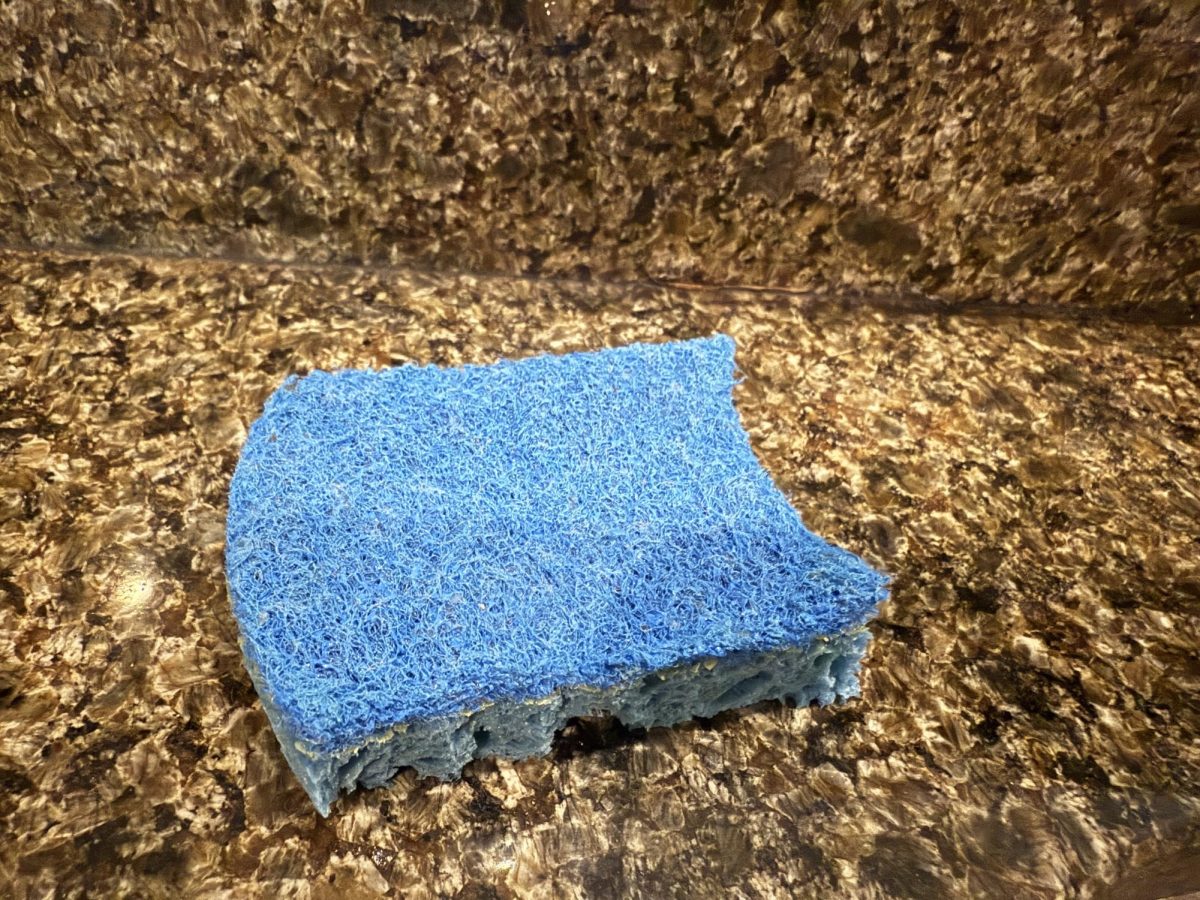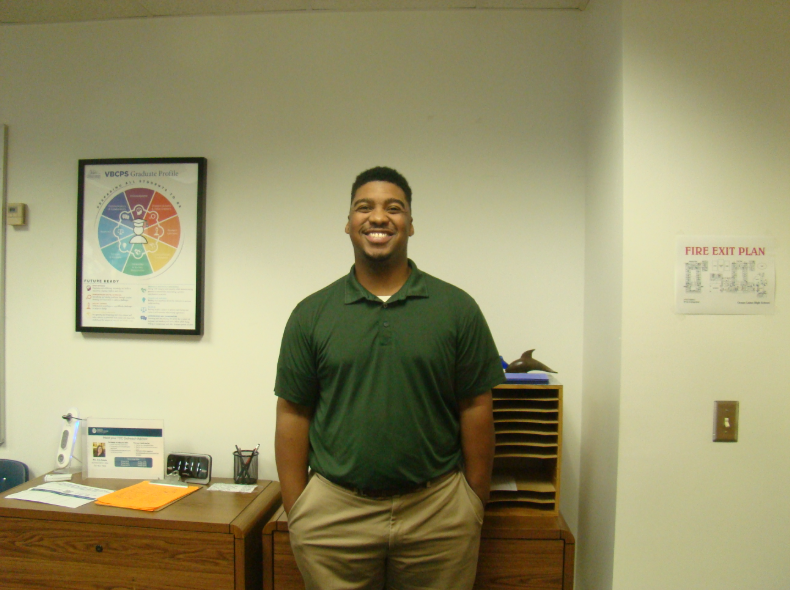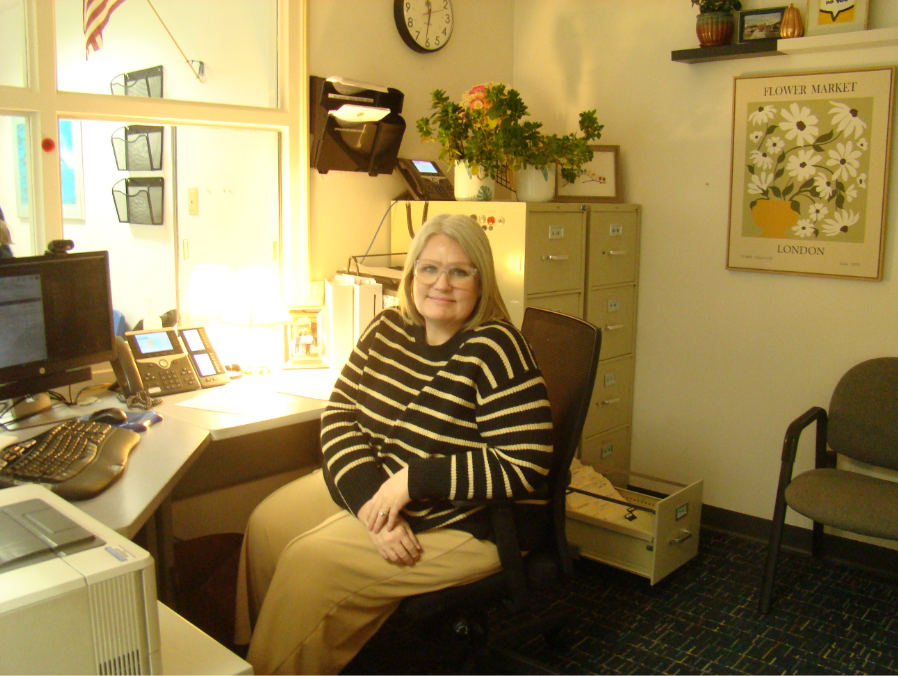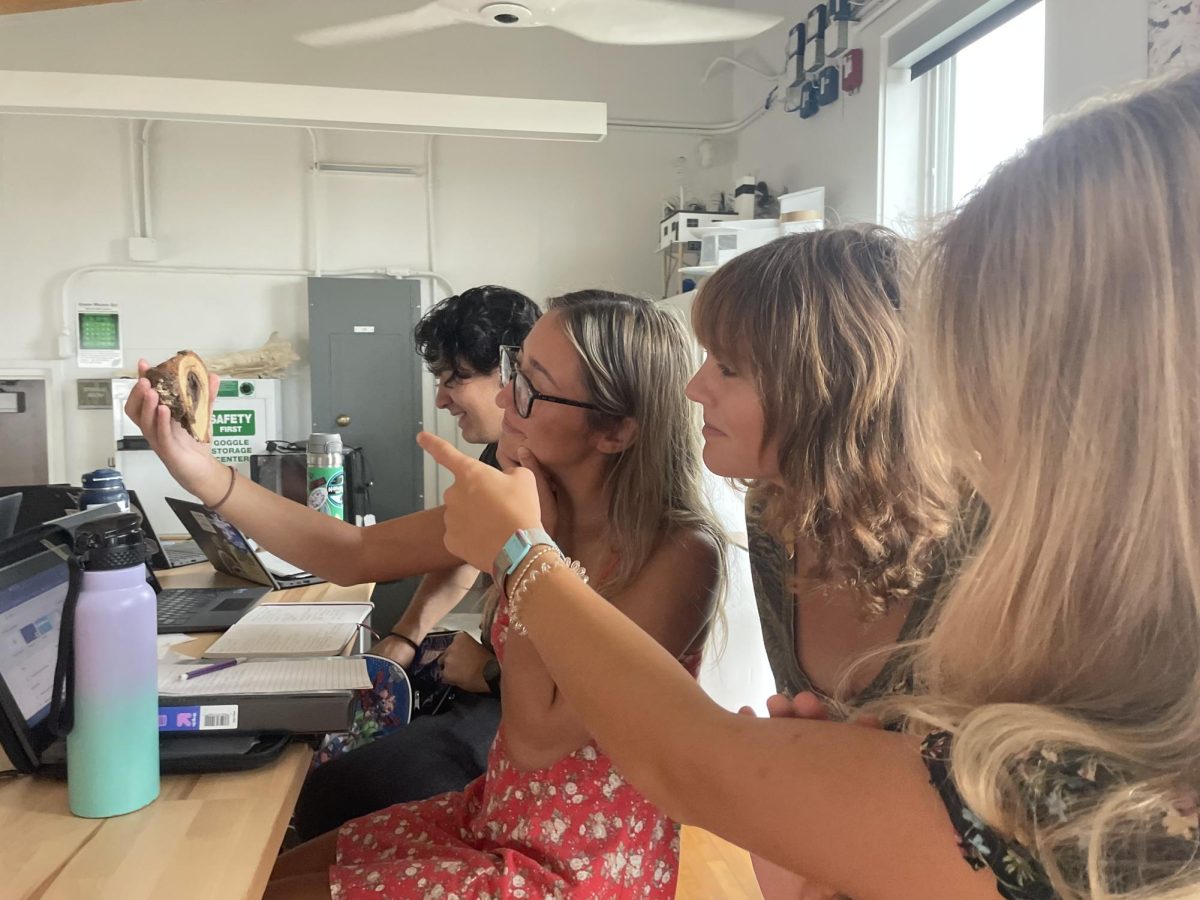Many household items are often overlooked for disinfection practices; most of the time, these appliances have the lion’s share of bacteria.
“Bacteria are everywhere,” Mike Pelton said, who is the owner of VB house cleaning service Molly Maid. “However, the areas of the home where you are most likely to find a high concentration of bacteria, particularly bacteria that can make you sick, are high-touch areas that can come into contact with food such as kitchen counters and sinks.”
People often do not clean their doorknobs, remotes and more importantly, their phones. These are some of the most bacteria-infested places.
“Before this [interview], I never thought about cleaning something, such as my TV remote or computer mouse,” sophomore Joshua Leidel said.
Cleaning is one of the many ways to prevent bacterial growth.
“A solution of bleach and water or cleaners that contain bleach are tried and true bacteria killers; however, it could be damaging to carpets and other surfaces,” Pelton said. “I would say there is no perfect cleaner to use. [What is] probably more important is that the cleaner used will clean all surfaces regularly.”
Another way to prevent bacterial growth is by avoiding the creation of ideal conditions. This can be done by ensuring proper handwashing while sanitizing surfaces or items with bacteria.
“Common household bacteria need several things to grow: a warm moist environment, food source and neutral pH,” biology teacher David Bostic said. “If bacteria have all these factors, they will grow almost anywhere.”
Though there are many more types, the most common household bacteria include Staphylococcus aureus (staph), Pseudomonas aeruginosa, Salmonella, Campylobacter jejuni, Micrococcus, Bacillus, Streptococcus and E. coli.
“Bacteria may lay dormant if they do not have an environment to grow, and [they will] wait until conditions are right for growth and reproduction,” Bostic said. “During the dormant period, they can be spread by contact from one location to another, and the only way to prevent spread by contact is washing hands.”
Remember that the most frequently used items are often overlooked, yet they can help prevent many illnesses.
“Bacteria begin populating cleaned surfaces almost immediately after the surface is dried [or] when the bacteria-killing cleaner is no longer present,” Pelton said. “Humans naturally have bacteria in their digestive tract, [however], it is the bacteria that can make us sick that we have to worry about.”












